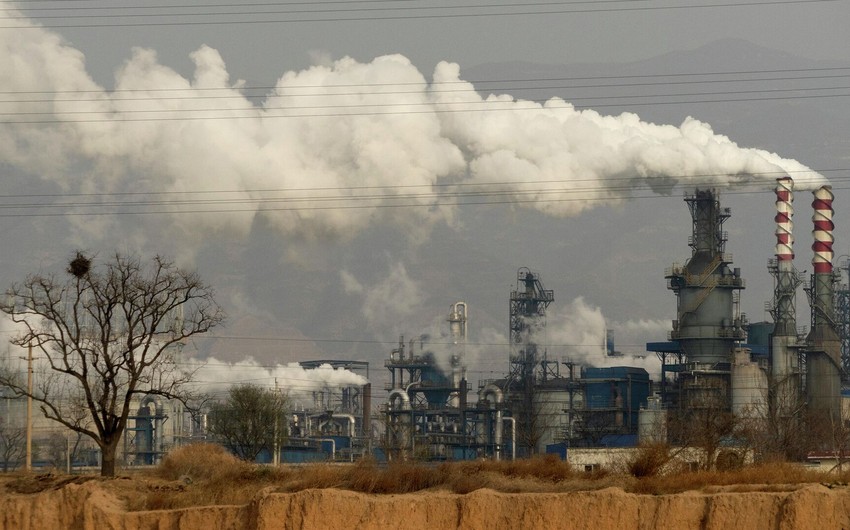China is planning a shift in the way it controls greenhouse gases, specifically carbon dioxide (CO2) emissions, in a move that could support progress in its national emissions trading scheme (ETS), although it is unclear what emissions levels will be targeted, Report informs via Argus.
The country currently measures CO2 against economic growth, or emissions per unit of GDP in what is known as carbon intensity. This allows it to tout progress despite rising emissions so long as these do not rise faster than GDP. But it plans to change this.
Beijing aims to incorporate CO2 indicators and related requirements into national plans and establish and improve local carbon assessments in a goal to improve CO2 statistical accounting. This will affect sectors including the power, steel, building materials, non-ferrous metals, and petrochemicals sectors, according to a state council work plan issued on 2 August.
It will evaluate CO2 emissions of fixed asset investments and conduct product carbon footprint assessments while local governments will implement provincial carbon budgets that could enter trials in 2025. The latter will involve a wide range of industries including oil, petrochemicals, coal-to-gas, steel, cement, aluminum, solar panels manufacturing and electric vehicles, among others.
Beijing is hoping such measures will allow it to set hard targets for CO2 emissions from 2026-2030, although the government will still prioritize intensity control in the meantime in what it calls a ‘dual-control mechanism' — switching from controlling intensity to actual emissions of CO2. Provinces are expected to be allowed to further refine this dual control mechanism, suggesting it may give localities some leeway to adjust.
China's ETS currently includes only the power sector due in large part to challenges collating accurate CO2 emissions data from other sectors, although it is expected to include other sectors like aluminum into the scheme soon.
China unveiled new regulations for its ETS earlier this year, aiming to crack down on falsification of data. It sees the ETS as a tool to help it meet a goal to peak carbon emissions before 2030 and reach carbon neutrality before 2060.


 https://static.report.az/photo/1d68e839-4303-361e-b470-f1ce743ee2c8.jpg
https://static.report.az/photo/1d68e839-4303-361e-b470-f1ce743ee2c8.jpg

